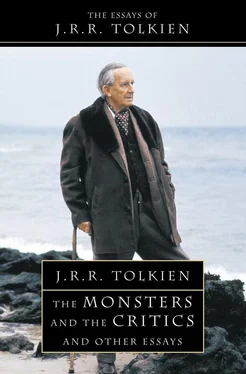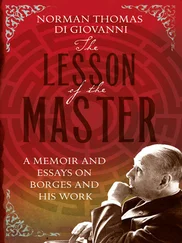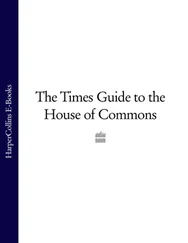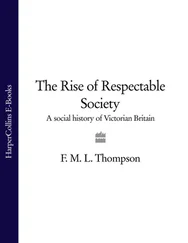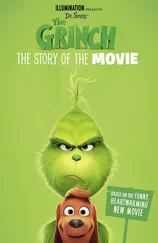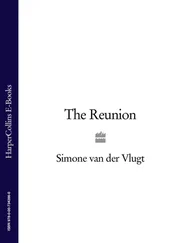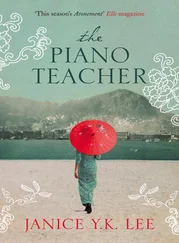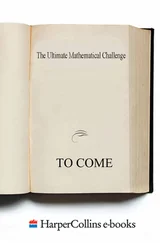This may make the southern gods more godlike – more lofty, dread, and inscrutable. They are timeless and do not fear death. Such a mythology may hold the promise of a profounder thought. In any case it was a virtue of the southern mythology that it could not stop where it was. It must go forward to philosophy or relapse into anarchy. For in a sense it had shirked the problem precisely by not having the monsters in the centre – as they are in Beowulf to the astonishment of the critics. But such horrors cannot be left permanently unexplained, lurking on the outer edges and under suspicion of being connected with the Government. It is the strength of the northern mythological imagination that it faced this problem, put the monsters in the centre, gave them victory but no honour, and found a potent but terrible solution in naked will and courage. ‘As a working theory absolutely impregnable.’ So potent is it, that while the older southern imagination has faded for ever into literary ornament, the northern has power, as it were, to revive its spirit even in our own times. It can work, even as it did work with the goðlauss viking, without gods: martial heroism as its own end. But we may remember that the poet of Beowulf saw clearly: the wages of heroism is death.
For these reasons I think that the passages in Beowulf concerning the giants and their war with God, together with the two mentions of Cain (as the ancestor of the giants in general and Grendel in particular) are specially important.
They are directly connected with Scripture, yet they cannot be dissociated from the creatures of northern myth, the ever-watchful foes of the gods (and men). The undoubtedly scriptural Cain is connected with eotenas and ylfe , which are the jötnar and álfar of Norse. But this is not due to mere confusion – it is rather an indication of the precise point at which an imagination, pondering old and new, was kindled. At this point new Scripture and old tradition touched and ignited. It is for this reason that these elements of Scripture alone appear in a poem dealing of design with the noble pagan of old days. For they are precisely the elements which bear upon this theme. Man alien in a hostile world, engaged in a struggle which he cannot win while the world lasts, is assured that his foes are the foes also of Dryhten, that his courage noble in itself is also the highest loyalty: so said thyle and clerk.
In Beowulf we have, then, an historical poem about the pagan past, or an attempt at one – literal historical fidelity founded on modern research was, of course, not attempted. It is a poem by a learned man writing of old times, who looking back on the heroism and sorrow feels in them something permanent and something symbolical. So far from being a confused semi-pagan – historically unlikely for a man of this sort in the period – he brought probably first to his task a knowledge of Christian poetry, especially that of the Cædmon school, and especially Genesis . 24He makes his minstrel sing in Heorot of the Creation of the earth and the lights of Heaven. So excellent is this choice as the theme of the harp that maddened Grendel lurking joyless in the dark without that it matters little whether this is anachronistic or not. 25 Secondly, to his task the poet brought a considerable learning in native lays and traditions: only by learning and training could such things be acquired, they were no more born naturally into an Englishman of the seventh or eighth centuries, by simple virtue of being an ‘Anglo-Saxon’, than ready-made knowledge of poetry and history is inherited at birth by modern children.
It would seem that, in his attempt to depict ancient pre-Christian days, intending to emphasize their nobility, and the desire of the good for truth, he turned naturally when delineating the great King of Heorot to the Old Testament. In the folces hyrde of the Danes we have much of the shepherd patriarchs and kings of Israel, servants of the one God, who attribute to His mercy all the good things that come to them in this life. We have in fact a Christian English conception of the noble chief before Christianity, who could lapse (as could Israel) in times of temptation into idolatry. 26On the other hand, the traditional matter in English, not to mention the living survival of the heroic code and temper among the noble households of ancient England, enabled him to draw differently, and in some respects much closer to the actual heathen hæleð , the character of Beowulf, especially as a young knight, who used his great gift of mægen to earn dom and lof among men and posterity.
Beowulf is not an actual picture of historic Denmark or Geatland or Sweden about A.D. 500. But it is (if with certain minor defects) on a general view a self-consistent picture, a construction bearing clearly the marks of design and thought. The whole must have succeeded admirably in creating in the minds of the poet’s contemporaries the illusion of surveying a past, pagan but noble and fraught with a deep significance – a past that itself had depth and reached backward into a dark antiquity of sorrow. This impression of depth is an effect and a justification of the use of episodes and allusions to old tales, mostly darker, more pagan, and desperate than the foreground.
To a similar antiquarian temper, and a similar use of vernacular learning, is probably due the similar effect of antiquity (and melancholy) in the Aeneid – especially felt as soon as Aeneas reaches Italy and the Saturni gentem … sponte sua veterisque dei se more tenentem. Ic þa leode wat ge wið feond ge wið freond fæste worhte, æghwæs untæle ealde wisan . Alas for the lost lore, the annals and old poets that Virgil knew, and only used in the making of a new thing! The criticism that the important matters are put on the outer edges misses this point of artistry, and indeed fails to see why the old things have in Beowulf such an appeal: it is the poet himself who made antiquity so appealing. His poem has more value in consequence, and is a greater contribution to early mediaeval thought than the harsh and intolerant view that consigned all the heroes to the devil. We may be thankful that the product of so noble a temper has been preserved by chance (if such it be) from the dragon of destruction.
The general structure of the poem, so viewed, is not really difficult to perceive, if we look to the main points, the strategy, and neglect the many points of minor tactics. We must dismiss, of course, from mind the notion that Beowulf is a ‘narrative poem’, that it tells a tale or intends to tell a tale sequentially. The poem ‘lacks steady advance’: so Klaeber heads a critical section in his edition. 27But the poem was not meant to advance, steadily or unsteadily. It is essentially a balance, an opposition of ends and beginnings. In its simplest terms it is a contrasted description of two moments in a great life, rising and setting; an elaboration of the ancient and intensely moving contrast between youth and age, first achievement and final death. It is divided in consequence into two opposed portions, different in matter, manner, and length: A from i to 2199 (including an exordium of 52 lines); B from 2200 to 3182 (the end). There is no reason to cavil at this proportion; in any case, for the purpose and the production of the required effect, it proves in practice to be right.
This simple and static structure, solid and strong, is in each part much diversified, and capable of enduring this treatment. In the conduct of the presentation of Beowulf’s rise to fame on the one hand, and of his kingship and death on the other, criticism can find things to question, especially if it is captious, but also much to praise, if it is attentive. But the only serious weakness, or apparent weakness, is the long recapitulation: the report of Beowulf to Hygelac. This recapitulation is well done. Without serious discrepancy 28it retells rapidly the events in Heorot, and retouches the account; and it serves to illustrate, since he himself describes his own deeds, yet more vividly the character of a young man, singled out by destiny, as he steps suddenly forth in his full powers. Yet this is perhaps not quite sufficient to justify the repetition. The explanation, if not complete justification, is probably to be sought in different directions.
Читать дальше
